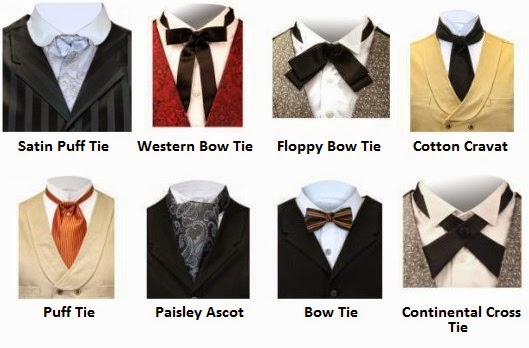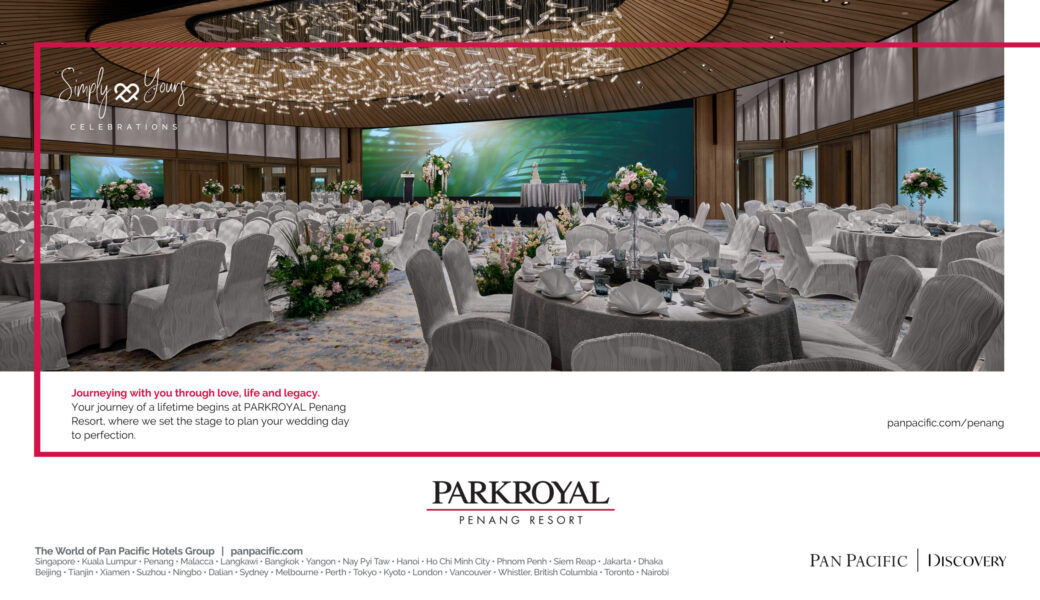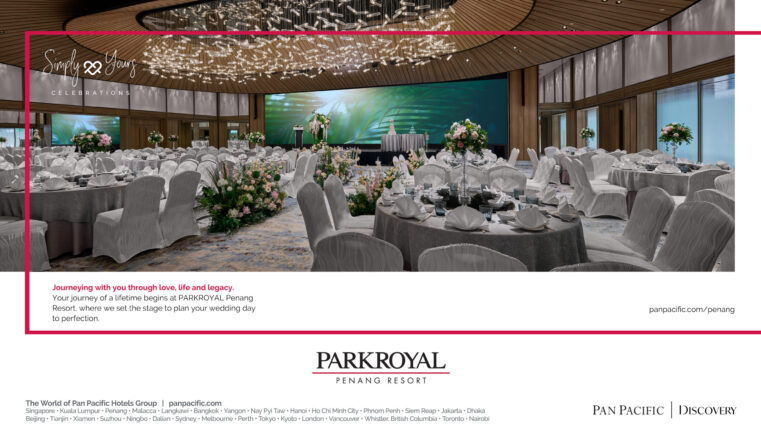The basic difference between Tuxedo and Suit. Tuxedo shirts have pleated front and the jacket lapels are covered in satin material. Tux pants feature matching satin stripe going down the outer leg of the pants. It is suitable for semi formal events like prom, weddings, charity events, award ceremonies. Suit shirt has a plain front, long sleeves with full length buttoned. It is worn on more conservative and formal events like business meetings, weddings, funerals.
 |
| Left: Satin strip on the tuxedo pants. Right: Tux shirt with pleated front and a cummerbund (waist sash). |
 |
| Types of Lapels |
 |
| Tie and Cravat (neckband) |
 |
| Types of Pockets |
 |
| Types of Vents |
 |
| Left: Korean Slim men suit. Slim Peak Lapel. A dart that contours to the body. Right: Mr Bond is wearing a Tuxedo with Shawl Lapel. Padded shoulders. #Shawllapel |
Here are some general rules of how your suit should fit. For instance, half inch of your shirt cuff is exposed, shoulder should be slightly sloping downward evenly, the width of the pants should be adjusted so they hang without any bulges, jacket is in the right length and should just cover the top of your rear end…
The material to consider when tailoring a suit is Wool. Most modern suits are made of wool and it is perhaps the safest choice if you are unsure of the fabric to choose. It’s a very versatile fabric, comfortable, wrinkle-resistant, and has greater durability compared to others. Another characteristic that makes wool an ideal suit fabric is its ability to keep their wearers warm in cold weather and cool in warm weather.
Cotton can absorb sweat and keep you cool in hot weather. This fabric is quite practical as it’s machine-washable. However 100 percent cotton tends to crease and wrinkle somewhat easily.
A linen suit is lightweight and will keep you very cool but it creases very easily.
Tweed is a heavy fabric that makes it easy for the wearer to keep warm but you will be sweating in hot weather.

















